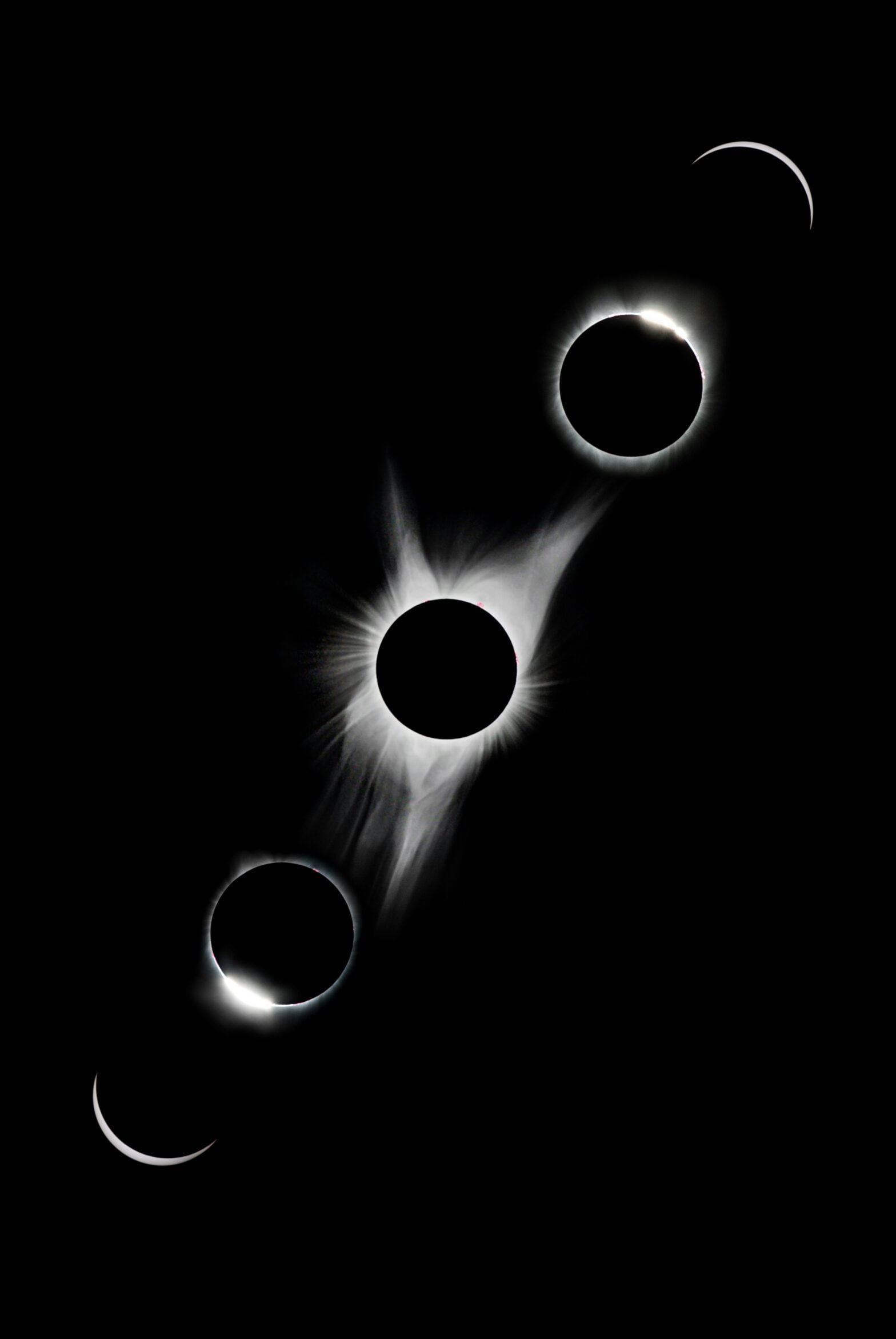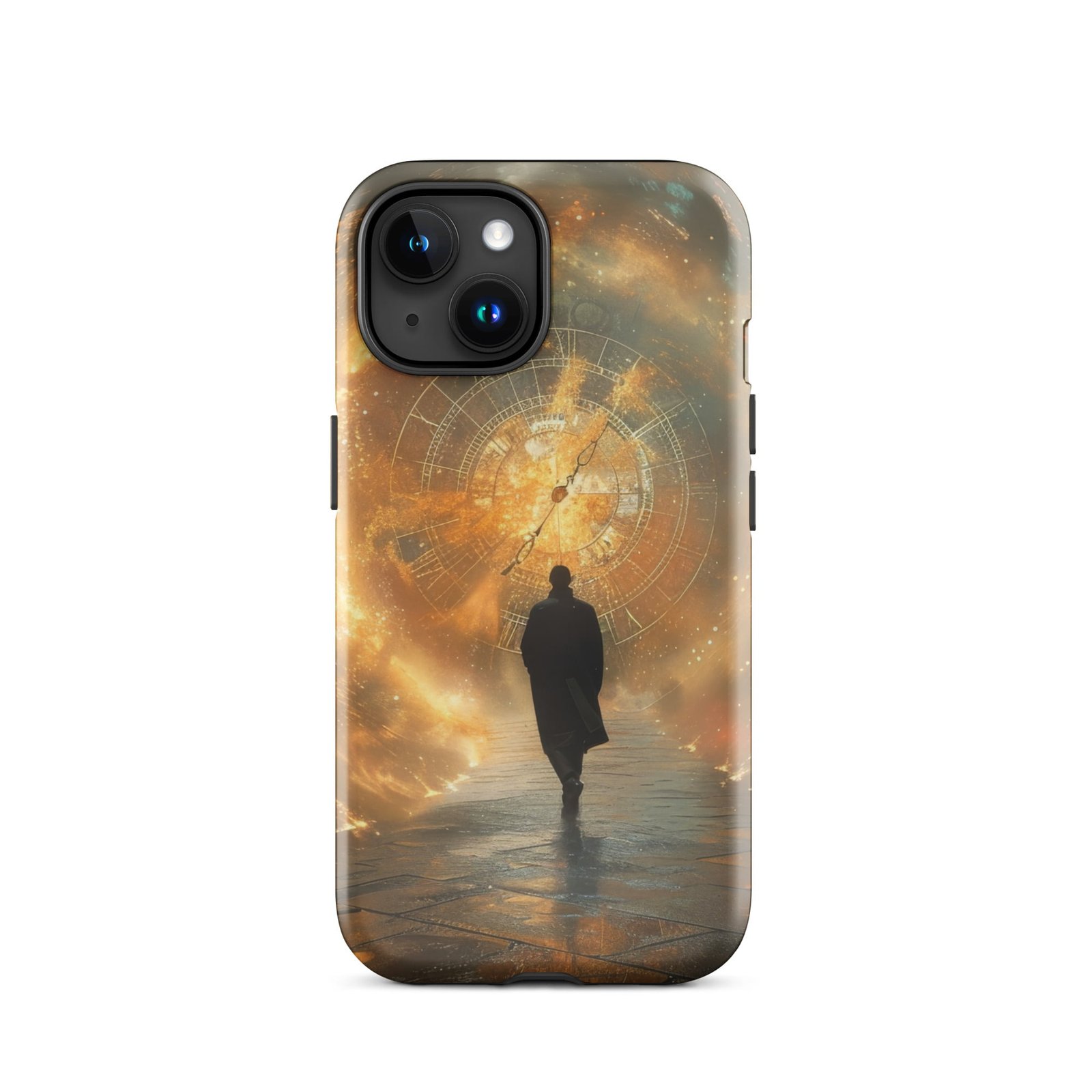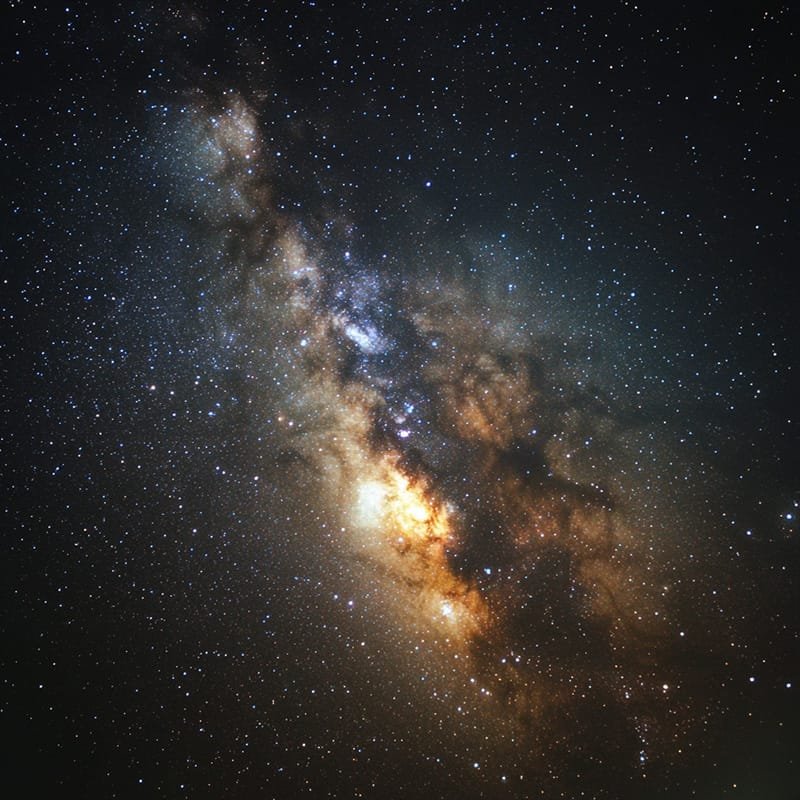Planetary observation through a telescope has been a fascination for astronomers and amateur stargazers alike for centuries. The ability to observe and study celestial bodies in our solar system has provided valuable insights into the nature of our universe. Through the use of telescopes, we can gain a deeper understanding of the planets, their moons, and other celestial objects that make up our solar system.
The importance of planetary observation through a telescope cannot be overstated. It allows us to study the physical characteristics, atmospheres, and geological features of planets in our solar system. By observing these celestial bodies, we can gather data that helps us understand the formation and evolution of our own planet, as well as the potential for life on other planets.
Key Takeaways
- Planetary observation through telescope is a fascinating hobby that can provide a deeper understanding of our solar system.
- Observing planets through telescope can reveal details such as their size, color, and surface features.
- The best time to observe planets through telescope varies depending on the planet’s position in its orbit and the time of year.
- Choosing the right telescope for planetary observation involves considering factors such as aperture size and magnification.
- Tips for observing planets through telescope include adjusting the focus, using filters, and allowing time for your eyes to adjust to the darkness.
Understanding the Solar System through Telescope Observation
Observing the solar system through a telescope provides numerous benefits. Firstly, it allows us to see details that are not visible to the naked eye. Telescopes can magnify distant objects, revealing features that would otherwise go unnoticed. This enables us to study the surfaces of planets, the rings of Saturn, and the moons of Jupiter in great detail.
Through telescope observation, we can also track the movements of planets and their moons. This helps us understand their orbits and gravitational interactions. By observing these celestial bodies over time, we can make predictions about their future positions and behaviors.
The Best Time to Observe Planets through Telescope
The visibility of planets through a telescope is influenced by several factors. The most important factor is the position of the planet in its orbit around the Sun. When a planet is at opposition, it is directly opposite the Sun in the sky and is closest to Earth. This is when the planet is at its brightest and easiest to observe.
Another factor that affects visibility is the planet’s distance from Earth. The closer a planet is to Earth, the larger and brighter it appears in the telescope. The planets that are closest to Earth are Mercury and Venus, followed by Mars, Jupiter, and Saturn.
Choosing the Right Telescope for Planetary Observation
When choosing a telescope for planetary observation, there are several factors to consider. The two main types of telescopes are refracting telescopes and reflecting telescopes. Refracting telescopes use lenses to gather and focus light, while reflecting telescopes use mirrors.
The size of the telescope’s aperture is also important. The aperture is the diameter of the telescope’s main lens or mirror. A larger aperture allows more light to enter the telescope, resulting in brighter and clearer images. However, larger telescopes can be more expensive and harder to transport.
Other factors to consider include the telescope’s focal length, magnification capabilities, and portability. It is also important to choose a telescope that is compatible with your level of experience and budget.
Tips for Observing Planets through Telescope
To get the best results when observing planets through a telescope, it is important to properly set up and align your telescope. Start by finding a stable surface to place your telescope on, such as a sturdy tripod or table. Make sure the telescope is level and securely mounted.
Next, align your telescope using a star or landmark in the distance. This will help you accurately point your telescope at the desired planet. Use the telescope’s finder scope or a low-power eyepiece to locate the planet in the sky.
When observing planets, it is best to use high-quality eyepieces that provide clear and sharp images. Experiment with different magnifications to find the best view of the planet. It is also important to be patient and allow your eyes to adjust to the darkness.
Identifying Planets through Telescope: A Beginner’s Guide

Identifying planets through a telescope can be challenging for beginners. However, with practice and knowledge of their characteristics, it becomes easier to distinguish between planets and other celestial objects.
The easiest way to identify a planet is by its brightness. Planets appear as bright points of light in the night sky, unlike stars which twinkle. They also do not move like stars, but instead have a steady motion across the sky.
Each planet has unique characteristics that can help with identification. For example, Venus is often referred to as the “evening star” or “morning star” because it is one of the brightest objects in the sky during these times. Mars has a distinct reddish color, while Jupiter and Saturn are known for their large size and prominent rings.
Observing Planetary Moons through Telescope
Observing planetary moons through a telescope can be a rewarding experience. Many of the planets in our solar system have moons that orbit around them, and these moons can provide valuable insights into the dynamics of their parent planets.
To observe planetary moons, it is important to have a telescope with sufficient magnification capabilities. Start by locating the planet in the telescope’s field of view, then increase the magnification to see the moons more clearly.
Jupiter and Saturn are particularly interesting for observing their moons. Jupiter has four large moons known as the Galilean moons: Io, Europa, Ganymede, and Callisto. These moons can be seen as small points of light near Jupiter. Saturn has numerous moons, with its largest moon Titan being particularly notable.
The Beauty of Planetary Nebulae through Telescope
Planetary nebulae are another fascinating celestial object that can be observed through a telescope. Despite their name, planetary nebulae have nothing to do with planets. They are actually shells of gas and dust ejected by dying stars.
Planetary nebulae often have intricate and colorful shapes, making them visually stunning when observed through a telescope. They can appear as glowing spheres, rings, or even hourglass shapes. Some well-known planetary nebulae include the Ring Nebula (M57) and the Helix Nebula (NGC 7293).
To observe planetary nebulae, it is best to use a telescope with a wide field of view and low magnification. This allows you to see the entire nebula and appreciate its intricate details.
The Importance of Dark Skies for Planetary Observation
Dark skies are crucial for optimal planetary observation through a telescope. Light pollution from cities and other sources can greatly diminish the visibility of celestial objects, making it difficult to observe planets and other astronomical phenomena.
Light pollution not only affects the brightness of objects in the night sky but also reduces contrast and makes it harder to see faint details. To find dark skies for observation, it is best to travel away from urban areas and find locations with minimal light pollution.
The Future of Planetary Observation through Telescope Technology
The future of planetary observation through telescopes looks promising, thanks to advancements in technology. Telescopes are becoming more powerful and sophisticated, allowing us to observe planets and other celestial objects in greater detail.
One exciting development is the use of adaptive optics, which corrects for atmospheric distortions that can blur images. This technology allows telescopes to produce sharper and clearer images, even when observing from Earth’s surface.
Another area of advancement is space-based telescopes, such as the Hubble Space Telescope and the upcoming James Webb Space Telescope. These telescopes are not affected by atmospheric conditions and can provide even more detailed observations of planets and other celestial objects.
In conclusion, planetary observation through a telescope is a valuable tool for understanding our solar system and the universe at large. By observing planets, their moons, and other celestial objects, we can gain insights into their physical characteristics, orbits, and potential for life.
Choosing the right telescope and properly setting it up are important factors for successful planetary observation. By following tips and techniques, such as aligning the telescope and using appropriate eyepieces, observers can enhance their viewing experience.
The future of planetary observation through telescopes looks promising, with advancements in technology and the development of more powerful telescopes. Whether you are a seasoned astronomer or a beginner, planetary observation through a telescope offers a unique and awe-inspiring experience that is worth exploring. So grab a telescope, find a dark sky, and start observing the wonders of our solar system.
If you’re fascinated by the wonders of the universe and enjoy observing celestial bodies through a telescope, you’ll definitely want to check out this article on The Universe Episodes blog. In their latest post, they delve into the mesmerizing world of planets visible through a telescope. From the gas giants like Jupiter and Saturn to the rocky terrains of Mars and Venus, this article provides a comprehensive guide to observing and understanding these captivating celestial objects. So grab your telescope and head over to The Universe Episodes blog to embark on an astronomical journey like no other.
FAQs
What is a telescope?
A telescope is an instrument used to observe distant objects, such as planets, stars, and galaxies.
What are planets?
Planets are celestial bodies that orbit around a star and do not produce their own light. There are eight planets in our solar system: Mercury, Venus, Earth, Mars, Jupiter, Saturn, Uranus, and Neptune.
How can we observe planets through a telescope?
Telescopes use lenses or mirrors to gather and focus light from distant objects. By pointing a telescope towards a planet, we can observe its features, such as its size, shape, and surface details.
What can we learn from observing planets through a telescope?
Observing planets through a telescope can provide valuable information about their physical characteristics, such as their size, composition, and atmosphere. It can also help us understand their orbits and movements.
What is the best time to observe planets through a telescope?
The best time to observe planets through a telescope is when they are at their closest approach to Earth, which occurs at different times depending on the planet’s orbit. Some planets, such as Mars, have particularly close approaches every few years, making them easier to observe.
Do I need a special telescope to observe planets?
While any telescope can be used to observe planets, some telescopes are better suited for this purpose than others. Telescopes with larger apertures and higher magnification capabilities are generally better for observing planets in detail.
I’ve always found stargazing and observing planets through telescopes incredibly fascinating. There’s so much we can learn about the universe just by looking up! In this article, I discuss the beauty of planetary discovery and share tips to help you get the most out of your telescope.
I think this article is important because it highlights the excitement and the value of studying our solar system. Observing planets can help us understand our own home and the potential for life beyond Earth.
The main message of this article is that planetary observation is a rewarding and accessible hobby. With a few simple tips, anyone can appreciate the wonders of the planets through a telescope.
The Universe Episodes
























